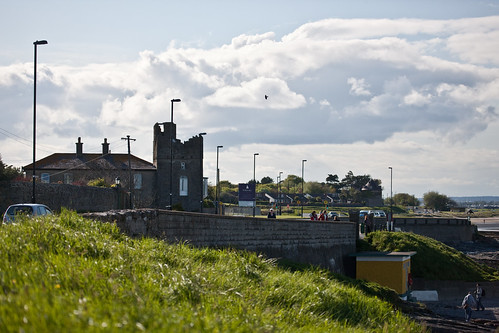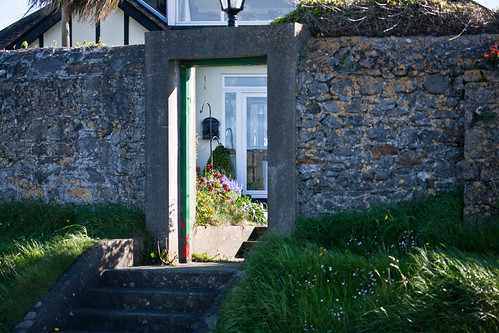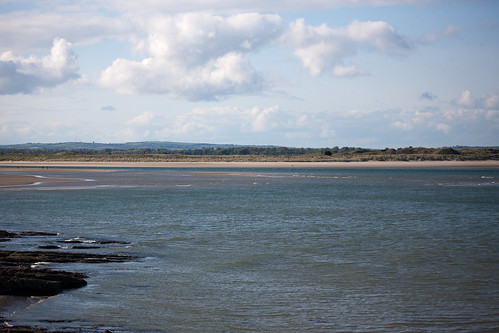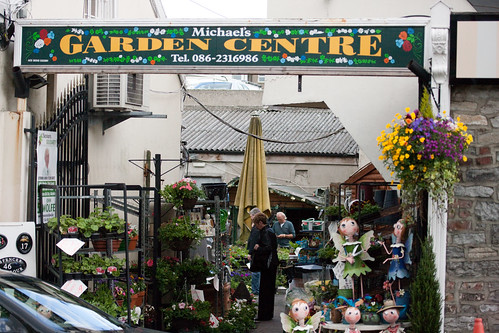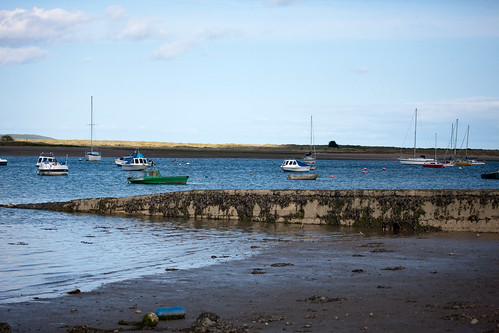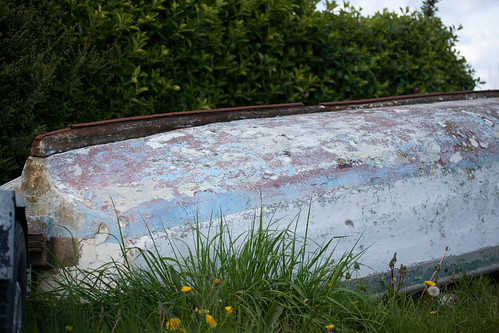Monday, December 3, 2012
Malahide
The Malahide area has more than twenty residents' associations, sixteen of which (May 2007) work together through the Malahide Community Forum, which publishes a quarterly minority interest newsletter, The Malahide Guardian, unknown to most Malahide residents and with highly limited circulation and minutely specific subject matter not to the tastes of all.
There is an active historical society (with a small museum at Malahide Castle Demesne), a Lions club, a camera club, a musical and drama society, the renowned Enchiriadis choirs, a chess club and a photography group which has published calendars.
Aside from Malahide Castle Demesne, there are a number of smaller parks (with further spaces planned, for example, at Robswall and Seamount). There are several golf courses nearby, and GAA, soccer, tennis, rugby, yacht clubs and Sea Scouts.
Malahide
Malahide grew from a population of 67 in 1921 to 1500 in 1960 and later to between 20,000 and 25,000 in 2006, and is still a rapidly growing town for the Dublin area. Most of the population lives outside the core, in residential areas such as Seapark, Biscayne, Chalfont, Yellow Walls, Ard Na Mara, Seabury and Gainsborough as well as newer estates such as Keatings Crescent, Murphy's Way, Ol' Blue Eyes, and Wenger's Folly. It is often noted as one of Dublin's more affluent suburbs.
Malahide
Malahide's roots are to be found in the far distant past. Recent excavations have revealed traces of a settlement dating back to 6000BC. The Danes made encroachments in the 8th century and established a base, and finally in the 12th century, the Normans made their appearance with the installation of Sir Richard Talbot as Lord of Malahide Estate in 1174. That dynasty lasted for 8 centuries up to the death of Milo Talbot in 1973. Malahide Castle and demesne is now under the care of Dublin County Council.
In the 18th and early 19th century Malahide was very much a thriving industrial centre. Industries included a silk factory, cotton manufacturing, salt works and cod liver oil manufacture. The coming of rail links in the 19th century began the development of Malahide as both a residential and tourist town. Valiant local effort has ensured that despite its aura of modernity, Malahide still retains its Old World charm and elegance.
Malahide
Malahide's roots are to be found in the far distant past. Recent excavations have revealed traces of a settlement dating back to 6000BC. The Danes made encroachments in the 8th century and established a base, and finally in the 12th century, the Normans made their appearance with the installation of Sir Richard Talbot as Lord of Malahide Estate in 1174. That dynasty lasted for 8 centuries up to the death of Milo Talbot in 1973. Malahide Castle and demesne is now under the care of Dublin County Council.
In the 18th and early 19th century Malahide was very much a thriving industrial centre. Industries included a silk factory, cotton manufacturing, salt works and cod liver oil manufacture. The coming of rail links in the 19th century began the development of Malahide as both a residential and tourist town. Valiant local effort has ensured that despite its aura of modernity, Malahide still retains its Old World charm and elegance.
Malahide
Malahide's roots are to be found in the far distant past. Recent excavations have revealed traces of a settlement dating back to 6000BC. The Danes made encroachments in the 8th century and established a base, and finally in the 12th century, the Normans made their appearance with the installation of Sir Richard Talbot as Lord of Malahide Estate in 1174. That dynasty lasted for 8 centuries up to the death of Milo Talbot in 1973. Malahide Castle and demesne is now under the care of Dublin County Council.
In the 18th and early 19th century Malahide was very much a thriving industrial centre. Industries included a silk factory, cotton manufacturing, salt works and cod liver oil manufacture. The coming of rail links in the 19th century began the development of Malahide as both a residential and tourist town. Valiant local effort has ensured that despite its aura of modernity, Malahide still retains its Old World charm and elegance.
